K2-100b: a young, highly irradiated, and low density transiting hot Neptune
Posted on Fri 13 September 2019 in exoplanets
or, a young transiting hot Neptune with a likely evaporating atmosphere
This is the story of the Radial Velocity (RV) confirmation of K2-100b, the first mass measurement of a transiting planet in a young open cluster. This is also my first first-author paper working at Oxford Astrophysics, just accepted for publication in MNRAS.
Like all good stories, this one starts with a good old friend: the K2 mission. K2 observed K2-100 (aka EPIC 211990866) on its campaign 5. Several authors found a transit signal around this star with a period of 1.67 days. The 3.8 R_Earth planet was validated and given that this system is so exciting, a photometric hunt of the system was performed from Earth and was re-observed by K2 on its last days during Campaign 18.
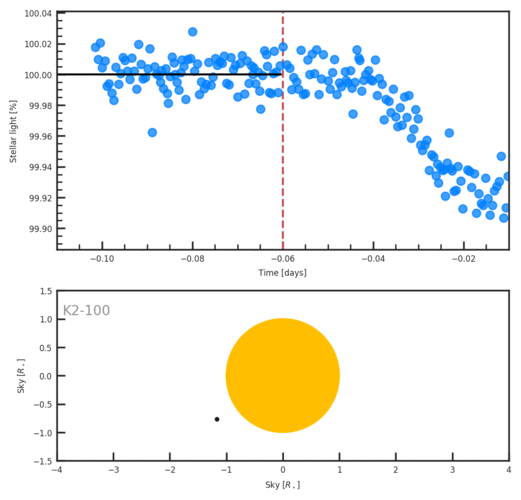
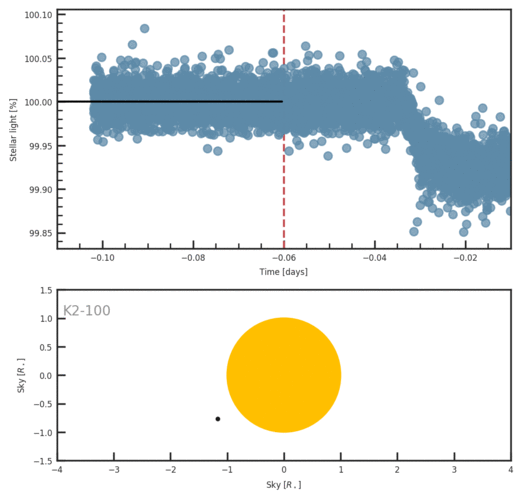 [
[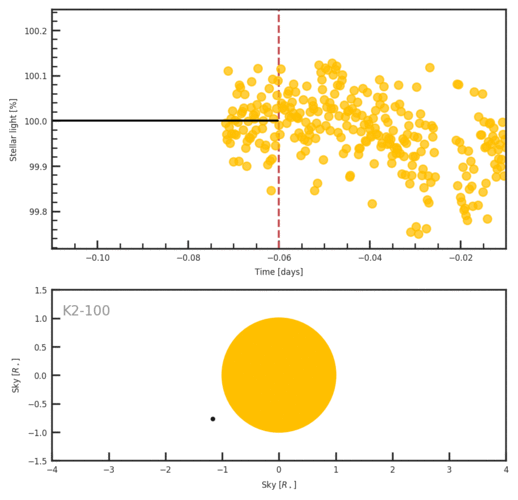 ](https://iopscience.iop.org/article/10.3847/1538-3881/aae6ca)
](https://iopscience.iop.org/article/10.3847/1538-3881/aae6ca)
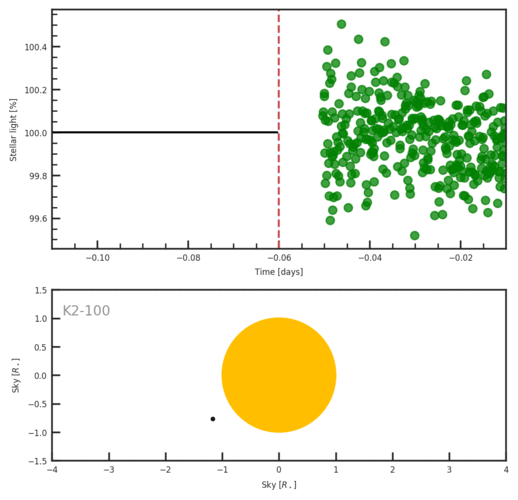
Behold, a transiting planet orbiting a relatively bright (V=10.52 mag) Praesepe star. The RV follow-up was imminent. A total of 78 RV measurements were collected with another good old friend: HARPS-N. RV data + precise ephemeris, we were ready to measure the planet mass… but wait, this is a young star, it is magnetically active, it has active regions on its surface … this complicates things.

Active regions on stellar surfaces are not a good thing if we want to detect planets in RV timeseries. They give rise to quasi-periodic variations in the apparent stellar RV, which can be very difficult to disentangle from the planetary signal. Fortunately, the activity/symmetry indicators tell us what is going on on the stellar surface; we just need to know how to use to them.
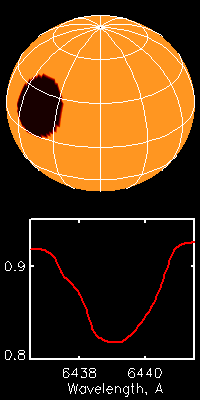
Rajpaul et al. (2015) created a novel and powerful approach to disentangle planetary and activity signals with a multi-dimensional Gaussian-Process (GP) approach. Long story short, when modelled simultaneously, activity/symmetry indicators guide the GP to model only the activity, making it possible to recover the planet signal.
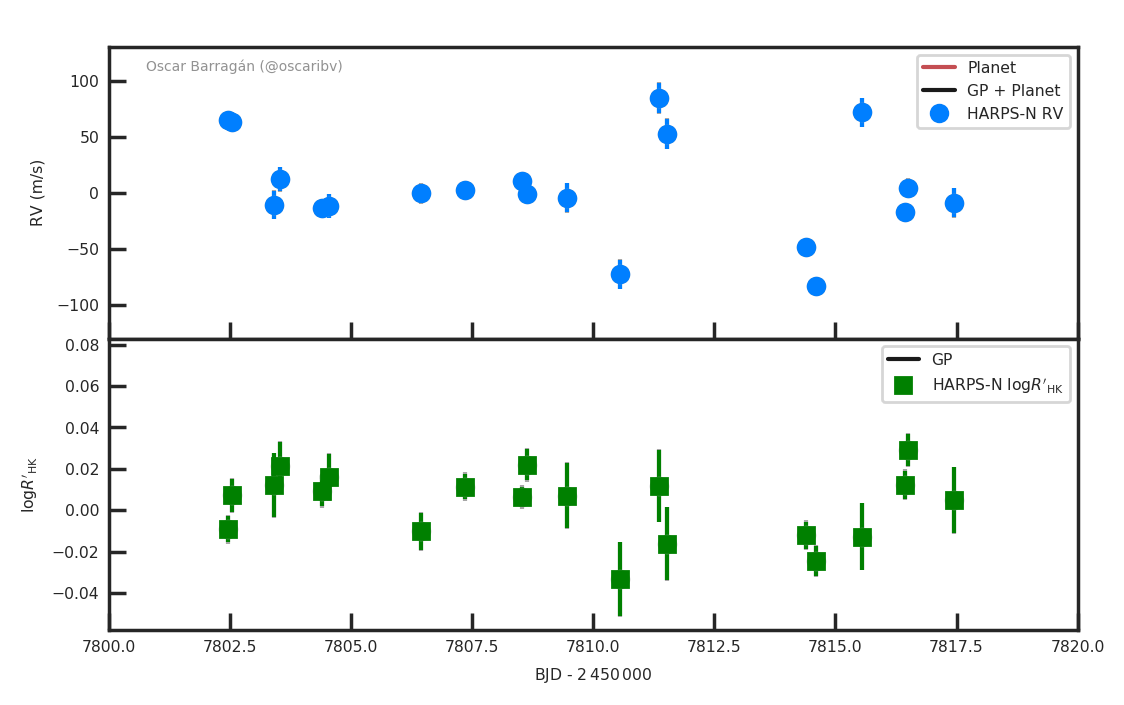
We coded all this GP magic in my favourite planetary fitting routine, pyaneti, and the data analysis began. (Time for ads: A new version of pyaneti with this multi-dimensional approach will be public soon!).
Our hope to detect the RV planet signal was depending on a looong MCMC run. A combination of characters in ASCII showed the magic numbers: K = 10.6 +/- 3.0 m/s. The RV detection of K2-100b was there. We could not believe that this excellent detection was true.
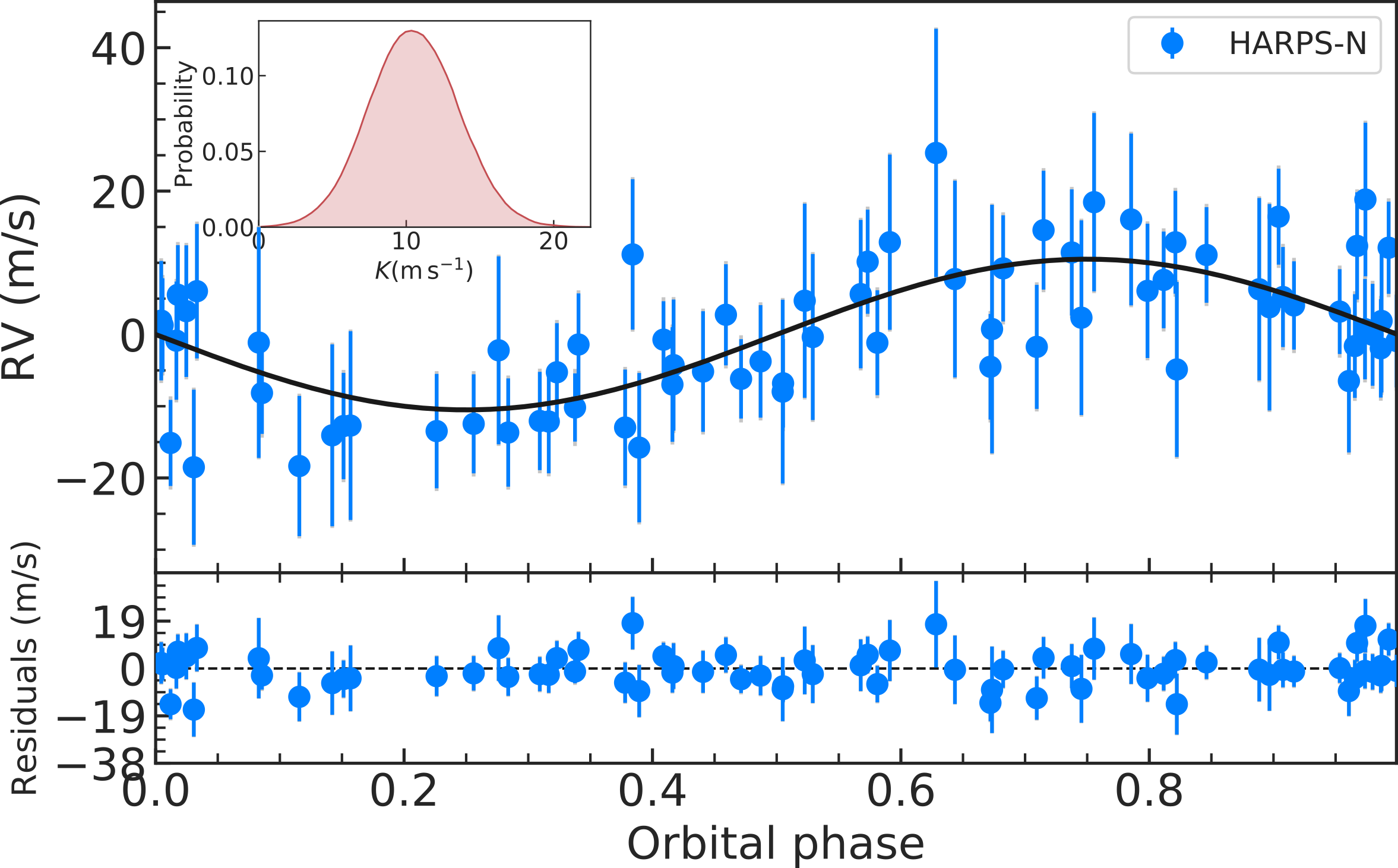
When I say that we did not believe it, I mean it. We tried to kill this planet many times. We even created hundreds of injections tests to see if this signal was some spurious effect of playing with sophisticated GPs. It was not; everything indicates that the detected planet signal is genuine.
Time to see if this young and highly irradiated exoplanet is unique. We first created a density vs insolation plot for small (< 4 R_Earth) exoplanets. With a density of ~2 g/cm^3 and insolation of ~2000 F_Earth, K2-100b has no friends in this diagram. Things started to be interesting; let us see what we can say about its composition ...
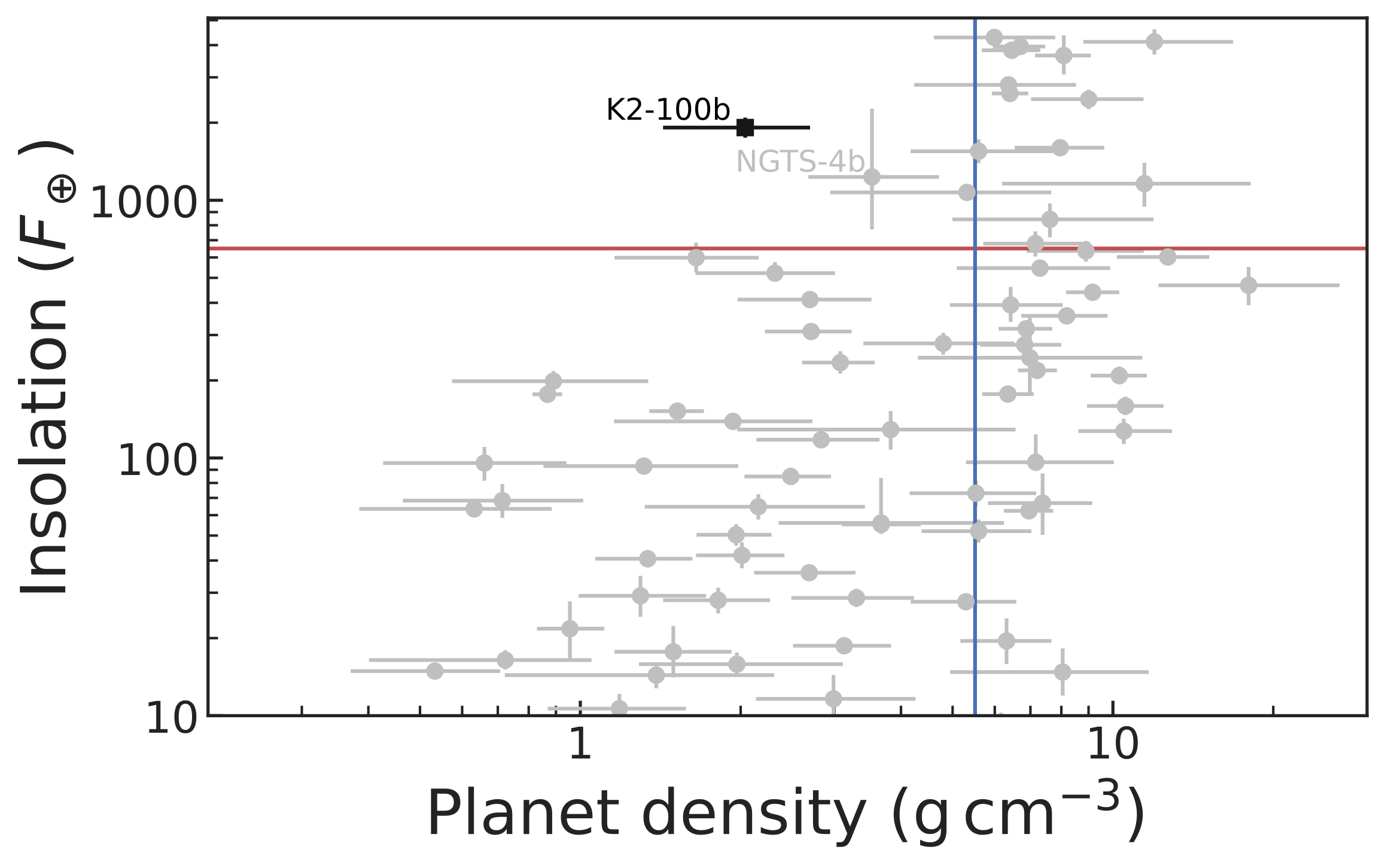
We put K2-100b in a mass-radius diagram together with other highly irradiated (> 650 F_Earth) small (< 4 R_Earth) exoplanets. K2-100b is consistent with a planet made of a solid core with a significant volatile envelope, while other high irradiated planets are consistent with a thinner or absent atmosphere. Why is K2-100b puffier than other high irradiated planets? Well, this is because it is quite younger. Its atmosphere still has a long time to evolve.
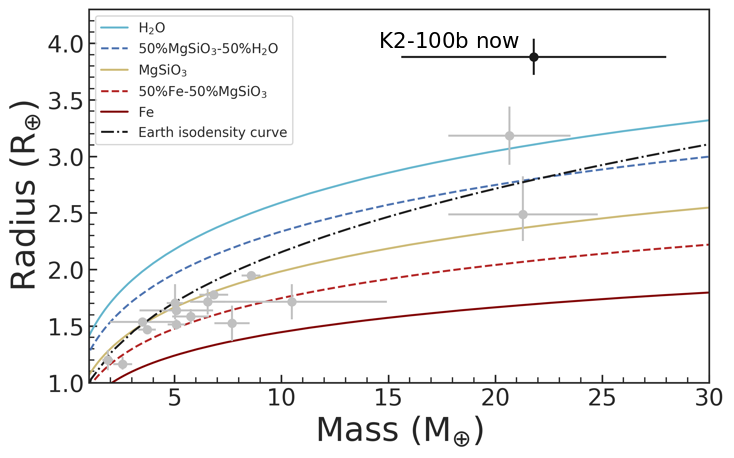
With an insolation of ~2000 F_Earth, it was mandatory to model the future planetary atmospheric evolution, in particular, to estimate if (and when) the planet will lose its envelope. Our models indicate that K2-100b will lose atmosphere in the next Gyrs, with its final radius depending if the star evolves as slow (blue), moderate (green) and fast (red) rotator.

The fantastic thing about K2-100b is that (no matter your favourite stellar evolution model) is currently evaporating! It is likely that with K2-100b we see the previous stage of all the older high irradiated planets. An extra piece to understand photoevaporation. Our natural next step is to search for hints of this evaporating atmosphere with transmission spectroscopy. Stay tuned!